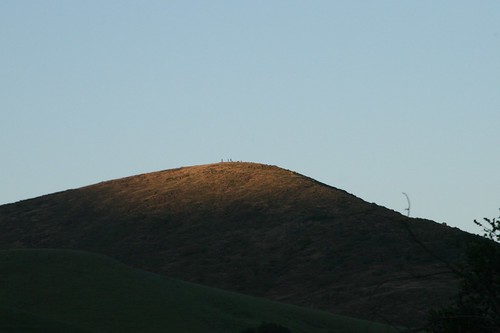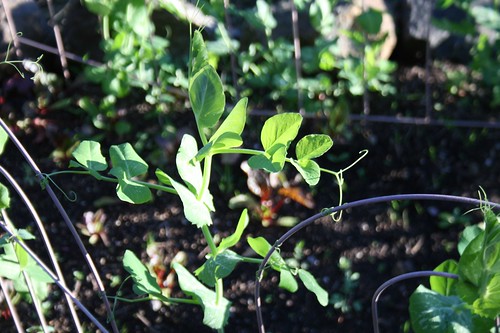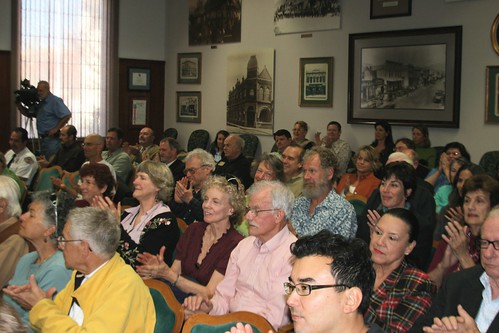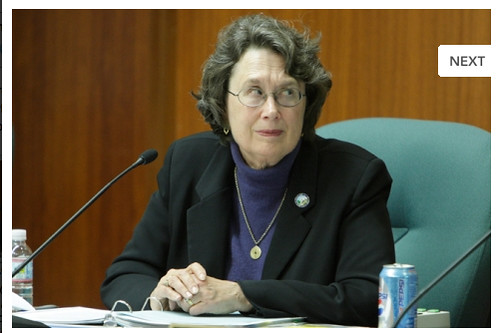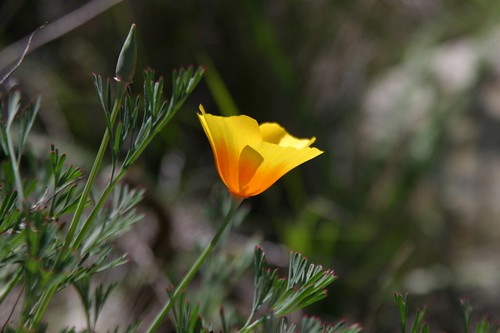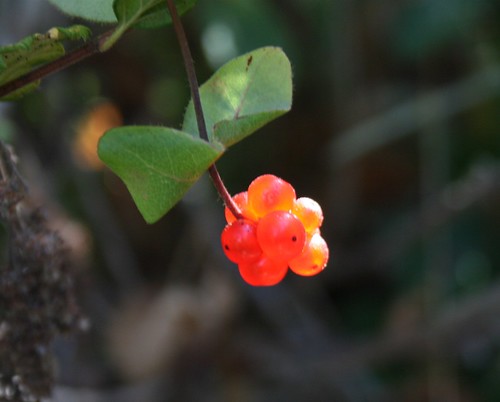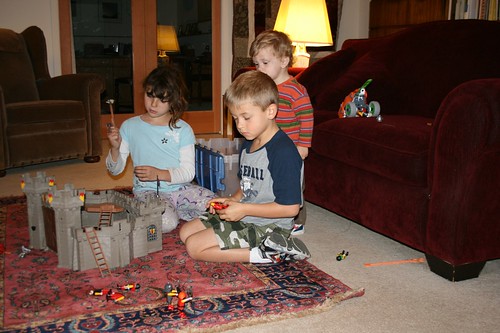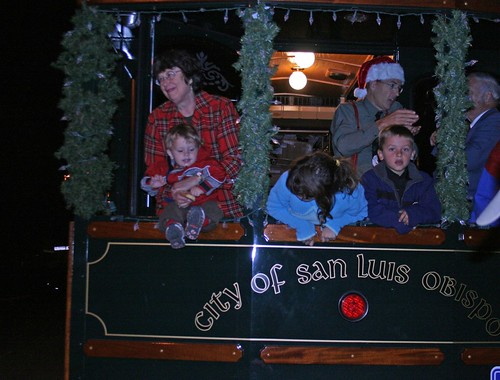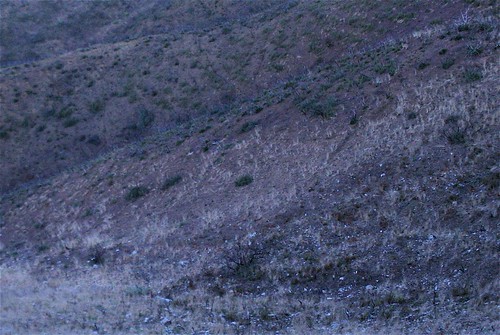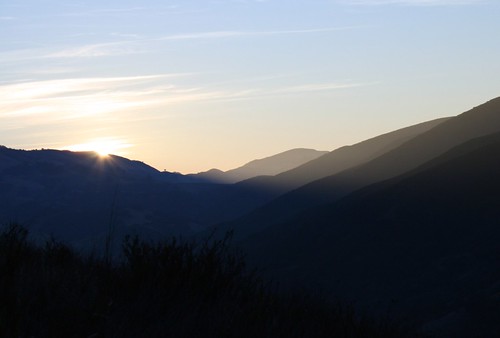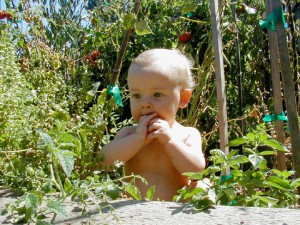Overnight above the Tracks
Sunday, May 10th, 2009By the Eucalyptus Grove above the hairpin rail turn in Stenner Canyon.
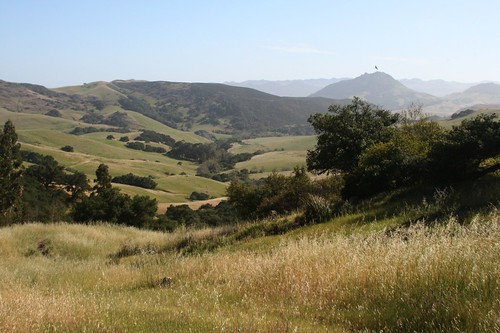
Yet another pipeline coming through, this time the Nacimiento project. A great berm topped by the two excavators that piled it over the place where wildflowers and snakes flourished in years gone by. Behind me the rush of skidding mountain bikes coming down from Shooters on this temperate May afternoon. Aaron L., the new Cal Poly ranch manager we met at the trailhead says forty or fifty a day pass his house at Serrano. Rockslide Ridge lit from behind and to the left, Poly Mountain. The oat grass swaying, creeks on either side tumbling lightly, peaceable murmur of student conversation, while some write and others gaze.

The new trail up here from the tracks on land just acquired by the city switchbacks through oak groves crossing and recrossing Stenner’s central fork on artfully curved, banked wooden bridges.
____
The students leave at 5:20, after I read a parting prose-poem by Mary Oliver
Look, it’s spring. And last year’s loose dust has turned into this soft willingness. The wind-flowers have come up trembling, slowly the brackens are up-lifting their curvaceous and pale bodies. The thrushes have come home, none less than filled with mystery, sorrow, happiness, music, ambition.
And I am walking out into all of this with nowhere to go and no task undertaken but to turn the pages of this beautiful world over and over, in the world of my mind.
Chad back from Japan and Nancy back from Germany have joined the hike and have brought food to share somewhere down the trail. He called at 3:15 to ask if the class would go today and if they could join it. The fellowship of Focus the Nation revived. Alex comes along to explore the section between here and the great oak, where I plan to stop for dinner. As we traverse the three-dimensional curves of the path through grassland and oak canyon, they relate the night before’s adventure of staging a Renewable Energy Education Program for the Sierra Club in Atascadero. The POPRs (Protect Our Property Rights) turned out en masse, some to harrass, others to learn. I try to turn their attention to the long prospects down the canyons to the sea, to the the colorful Jasper boulders, the little wetlands, and then the tree.
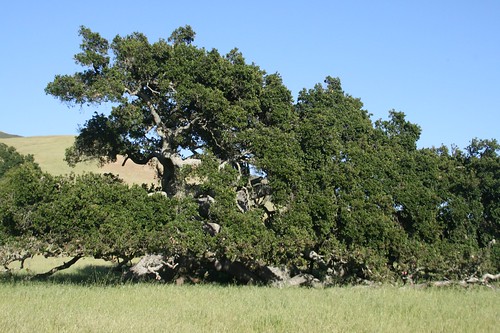
They discover a dramatically lit canopy under the kneeling limbs and unpack a wine bottle, fresh produce from the organic farm where I went this morning to pick up veggies with Lucas, a little baggie of bulgar wheat and a campstove. While they prepare the feast,
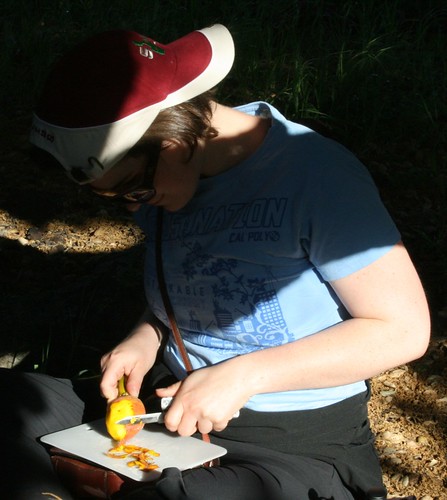
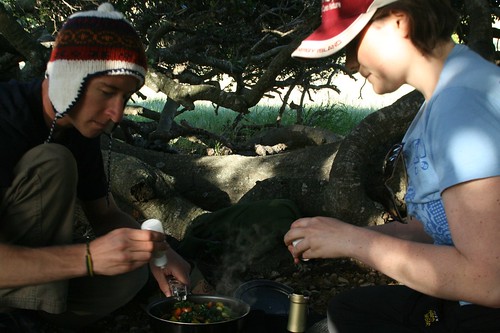
I climb to the top of the tree, salivating now at the thought of eating something more than the trail mix in my pack.
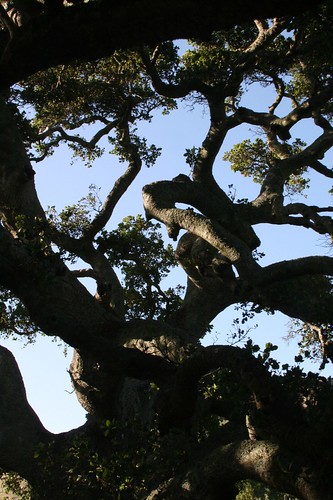
I’m invaded by memories: the Durand Oak, and the meals of vegetables and rice with students and ex-students at Columbia in the Sixties.
As the sun goes down, I direct them to the path looping back to Serrano, happy to find the solitude I was anticipating yet grieving for their departure. Nancy is leaving San Luis for good within weeks. Chad has graduated. They are trying to maintain the bonds of Empower Poly and Focus the Nation against the entropy of dispersal with plans for a California Energy Tour and other world-changing enterprises. I look for them on the trail below, but it is too dark and too late.
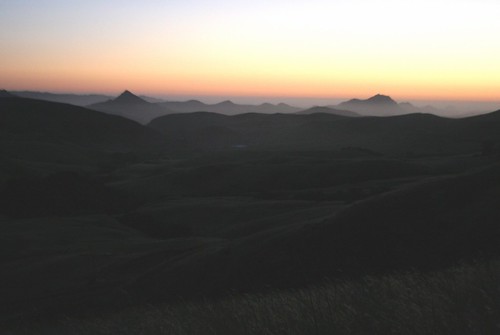
I hoist my pack and walk through tall grass over a rise into an encounter with a black-tailed doe.
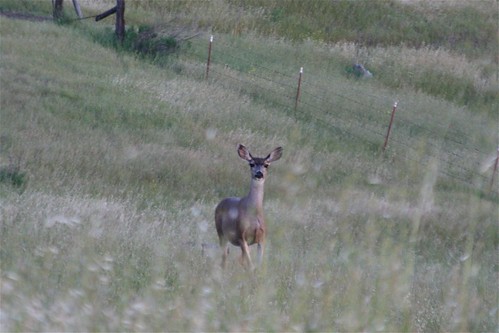
She poses for me then prances off, then poses again.
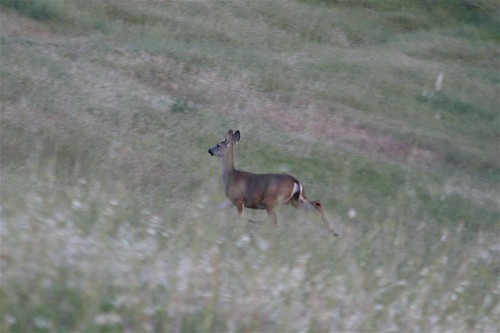
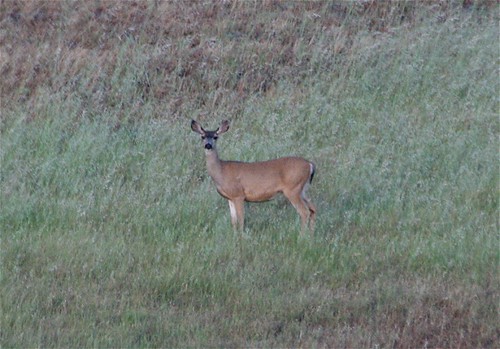
The full moon rises fat over East Cuesta Ridge.

As the dusk deepens and the wind picks up, I pass from the Stenner watershed to Poly Canyon’s and find a relatively flat spot beside one of the springs that source Brizzolara Creek. I’m too tired to read or write or even look at the stars. The northwest wind has picked up, harrying the trees and grasses, recalling Muir’s description of “A Windstorm in the Forest,” which we read last week:
when the grand anthem had swelled to its highest pitch, I could distinctly hear the varying tones of individual trees,…and even the infinitely gentle rustle of the withered grasses at my feet. Each was expressing itself in its own way,–singing its own song, and making its own peculiar gestures…The profound bass of the naked branches and boles booming like waterfalls; the quick, tense vibrations of the pine-needles, now rising to a shrill, whistling hiss, now falling to a silky murmur; the rustling of laurel groves in the dells, and the keen metallic click of leaf on leaf.
The wind is warm, but not as dry as the hot sundowners that make you feel like wildfire is just a spark away.
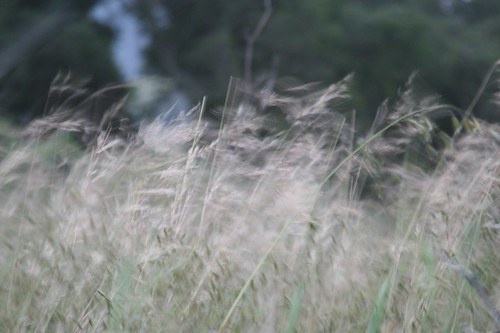
Next day I find out that while I thought that the hills above Santa Barbara were burning and much of the city was evacuated. I burrow into my bag and the unrlenting wind tugs at it all night, shaking me awake every hour or so to see the moon progressing across the sky.
Friday morning I drop down cross country into Poly Canyon, knees and ankles grateful for the bracing of my heavy boots. An interesting bird in a dessicated Sycamore lets me take its picture

At 6:30 am the rising sun spotlights the top of Poly Mountain, just where I slept two weeks before. It’s greeted by a group of students!
